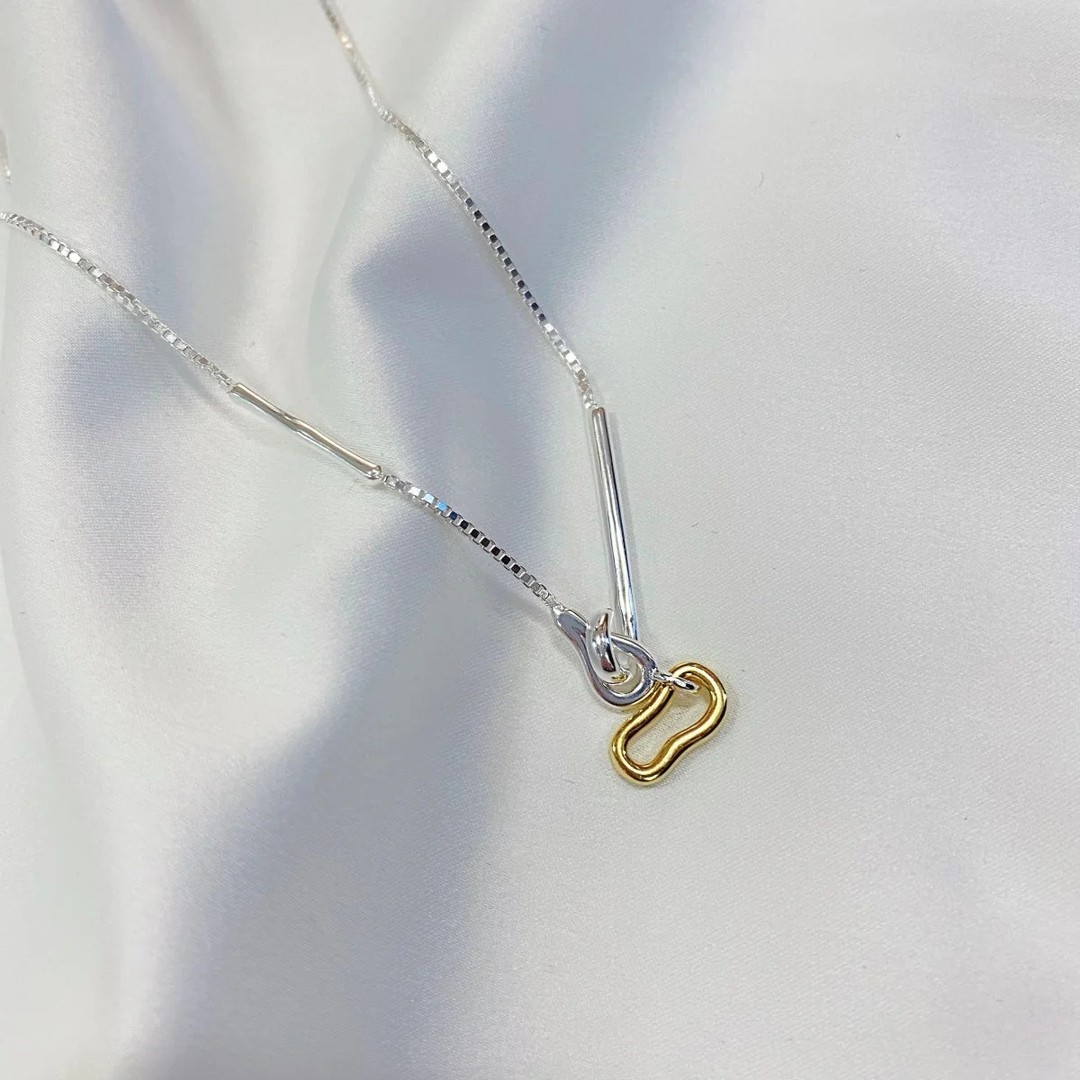
Jewelry has long been a medium through which empires and royal families have expressed their wealth, authority, and influence. From dazzling diamonds to exquisite pearls, imperial jewelry has been a symbol of power, legacy, and artistry. These masterpieces, crafted with unmatched precision and often steeped in myth and history, provide a glimpse into the splendor of royal courts and the empires they represented.
The Historical Significance of Imperial Jewelry
Imperial jewelry was not just decorative but deeply symbolic. Crowns, tiaras, necklaces, and rings carried meanings that went beyond their physical beauty. Monarchs wore these pieces to signify divine authority, wealth, and their connection to their realm. They were often showcased during coronations, weddings, and state ceremonies, embodying the continuity of dynastic rule.
In many cases, these treasures served diplomatic purposes, gifted to solidify alliances or as tokens of appreciation. For instance, jewelry from the Mughal emperors was exchanged as a gesture of goodwill to visiting dignitaries, while European monarchs often sent bejeweled gifts to strengthen ties between nations.
Iconic Collections of Imperial Jewelry
-
The British Crown Jewels
The British Crown Jewels remain one of the most famous collections in the world. Comprising crowns, scepters, and ceremonial objects, this collection represents centuries of monarchy. The Imperial State Crown, adorned with the Second Star of Africa (Cullinan II), and the Sovereign’s Orb are among the most iconic pieces. The Koh-i-Noor diamond, with its long and contested history, remains a centerpiece of the collection. -
The Russian Romanov Treasures
The Romanovs of Russia amassed a collection that epitomized imperial grandeur. From diamond-studded tiaras to Fabergé eggs, these treasures reflected the opulence of the Russian court. Unfortunately, much of this collection was dispersed after the Russian Revolution, though many surviving pieces can now be found in museums or private collections. -
The Mughal Empire’s Gems
The Mughal emperors of India were known for their unmatched love for jewels. Their collection included spectacular uncut diamonds, emeralds, and rubies. The Peacock Throne, a throne encrusted with thousands of gemstones, remains one of history’s most legendary artifacts, symbolizing the wealth of the empire. -
The Iranian Crown Jewels
Housed in Tehran, the Iranian Crown Jewels are among the most breathtaking collections in the world. This treasure includes the Darya-i-Noor, one of the largest pink diamonds, and the elaborate Naderi Throne, decorated with diamonds and other precious stones. These jewels represent the rich history of the Persian Empire and its later dynasties. -
The French Crown Jewels
The jewels of the French monarchy are legendary for their extravagance. Famous pieces include the Regent Diamond and the jewelry of Marie Antoinette, whose pearls and diamonds continue to fetch astronomical prices at auctions. https://imperial-jewelry.us/
Artistry and Craftsmanship
The creation of imperial jewelry required extraordinary skill and creativity. Royal jewelers worked with the finest materials, often sourced from distant parts of the empire. They employed techniques like intricate goldsmithing, enameling, and gemstone carving to create masterpieces that transcended mere decoration.
For example, the Fabergé eggs commissioned by the Romanovs were not only stunning jewels but also marvels of engineering, featuring hidden compartments and delicate mechanisms. Similarly, Mughal jewelry often featured ornate floral patterns, reflecting their love for nature-inspired art.
Mysteries and Lost Treasures
Not all imperial jewels have survived the tides of history. Many were lost during revolutions, wars, or political upheavals. Napoleon’s regalia was scattered across Europe after his defeat, while the treasures of the Chinese imperial court were looted during the Boxer Rebellion.
Some of these lost jewels remain the subject of intrigue and speculation. The whereabouts of the famed Amber Room, looted from Russia during World War II, are still unknown, as are countless jewels rumored to have been hidden or smuggled away during times of unrest.
Modern Fascination with Imperial Jewelry
Today, imperial jewelry continues to captivate people around the world. Museums, such as the Tower of London and the Kremlin Armory, display these treasures, attracting millions of visitors eager to experience their beauty and history.
Auction houses often set record-breaking prices for imperial jewelry. Pieces with royal provenance, such as those belonging to Marie Antoinette or Princess Diana, are especially sought after, commanding millions of dollars from collectors and institutions.
A Legacy of Power and Beauty
Imperial jewelry is far more than a collection of gems—it represents the artistry, ambition, and legacy of the empires that shaped the world. These treasures, whether preserved in museums or lost to history, remain a powerful reminder of human ingenuity and the enduring allure of beauty.
As we admire these shimmering artifacts, we connect with a time when jewelry was not just ornamental but a statement of identity, culture, and power. Through the ages, imperial jewels have proven to be timeless symbols of grandeur, leaving an indelible mark on history and the imagination.





Leave a Reply